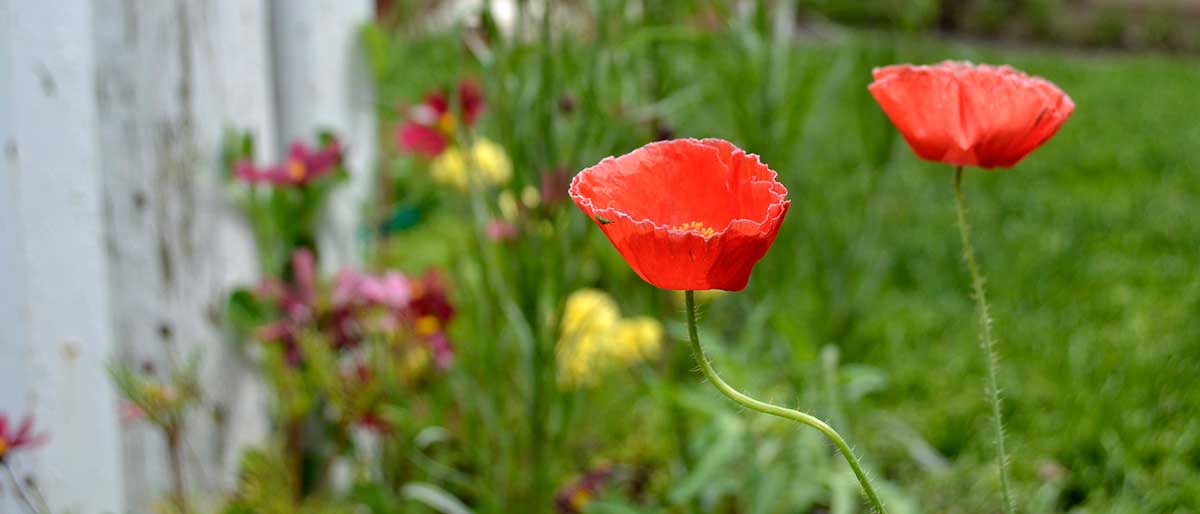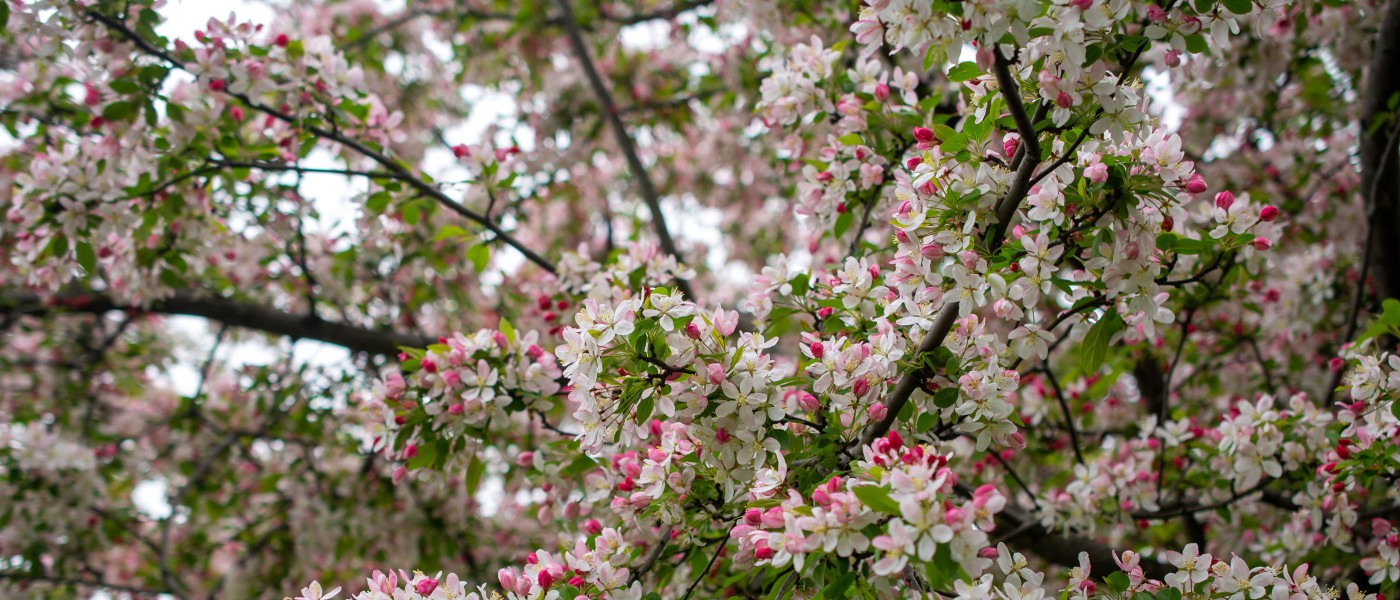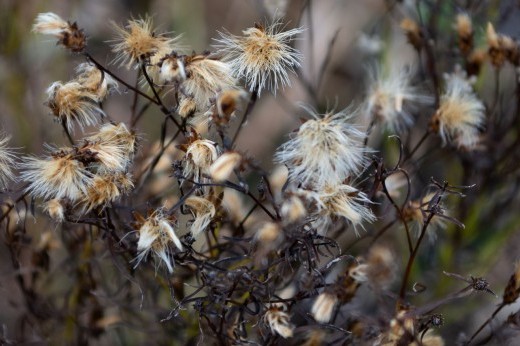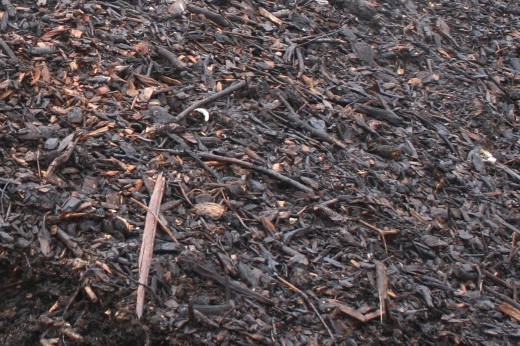A new anthology edited by U.S. Poet Laureate Ada Limón, You Are Here: Poetry in the Natural World, asks the reader to give back to the nonhuman world with our presence and deep attention, while challenging traditional interpretations of the “nature poem.”

The collection, published in April 2024, is part of a larger project that includes a series of poetry installations in national parks. The book features work from celebrated contemporary poets like Joy Harjo, Aimee Nezhukumatathil, Jericho Brown, and Diane Seuss.
We spoke with Limón in late April from her home in Lexington, Kentucky, where her crabapple tree had just finished blooming. She discussed the ideas behind You Are Here, her changing relationship to nature, and what she’s planting in her garden this year.
In your introduction, you compare assembling this anthology to “rewilding” an area, or nurturing an entire ecosystem. What is the relationship between writing and nature for you?
I’ve always loved the term rewilding. I still remember where I was when I read it. I think that there is often a tidiness when we think about nature, a colonizing aspect when we think about nature, a sense of ownership when we think about nature.
When I was coming up as a poet, I had a lot of different interactions with nature poetry, and for the most part, those poems were white men going to the top of a mountain and having an epiphany. There was this idea that nature is something to be owned or tamed or a portal toward a higher sense of spirituality.
None of those poems dealt with the reciprocal nature of nature itself. Instead, it felt like a separateness that was then oftentimes exploited for a personal narrative.
In conceiving of this book, I wanted to redefine the nature poem, and to offer a sense of the messiness and everyday aspect of nature. I also wanted it to be re-envisioning and reclaiming access to nature for everyone.
Can you tell me about the inception of You Are Here? What was important to you as you were assembling this anthology?
With the project as a whole, I wanted two elements. One of them was to have poetry installations in seven different national parks. I also wanted to do something that pointed out the continual idea of nature. Not just intentional nature—the nature you plan for, drive to, and think of as a destination—but nature that is all around us, nature that is us, our bodies, our breath, our blood, the bird that’s on your window in Brooklyn.
A lot of people think nature is just driving to Yellowstone or Yosemite. But in reality, it’s us. It’s everywhere. The anthology was born out of the idea that there is something equally beautiful and sacred about our everyday relationship to the nature that we interact with all the time.
We are animals living on a planet with other animals and plants. I really want to challenge the idea of separateness because that, to me, feels like where we do the most harm—when we feel like we are completely separate from nature.
A lot of people think nature is just driving to Yellowstone or Yosemite. But in reality, it’s us. It’s everywhere.

So to reimagine the whole concept of nature is to see if we can address our own loneliness, our own need to self-segregate, our own need to feel as if we don’t belong, when in reality, everything around us belongs. We’re all part of this one thing.
Has your relationship to the natural world changed over the years? It’s an important theme in your poetry, but it seems like there is a sense of urgency in your work now.
I’ve always felt like it was one of the main topics that I wanted to spend time with and write about. At the same time, I do think there is an aspect in which the nature poem and nature itself has become political. My relationship to nature has changed because our planet has changed.
You can’t write a poem about a tree and not think about everything that impacts that tree, and not think about ownership and borders and the climate crisis and air pollution. So I think it has changed significantly, because, as I’ve aged, we’ve experienced so much loss.
Did you learn anything new as you were assembling this book?
Well, one of the things that was really surprising to me is that everyone is having a complicated relationship with the planet right now. We can feel like, How do I look at a flower and feel peace and love and ease when so much is happening? When these poems came in, I realized how much they were in conversation, and how beautiful they were as a connected entity.
My love for trees and plants, they saved me. They saved me all the time. I was just outside a second ago letting the dog roam before her lunch. Then I came back inside and I was like, Oh, I’m better. I’m better for just having been outside for one moment and taking a deep breath. So I think the biggest thing that surprised me is that we’re not alone in our complicated feelings toward the changing climate and toward our love of the natural world.
My love for trees and plants, they saved me. They saved me all the time.

Where do you write? Do you have a view of the outdoors?
Right outside my office is this beautiful silver maple that I write about quite a bit. She appears in a lot of my poems. For the most part, my favorite place to write is on the screened-in porch outside. I get to see all of the lilacs blooming. The viburnum is there.
Everything just feels really alive. The screened-in porch has two doors, and on one door is a bird’s nest, so I’m trying not to disturb her. I’ve made a big sign on the glass door so that I remember to use the other door instead because I don’t want it to be frightened.
Oh my god, there’s a lot of life that’s out there. That’s one of my favorite places to write because there’s just so much to absorb and receive. It feels like such a gift.
Are you growing anything in your yard right now?
I’m growing so many things, but I will be very honest that I just ripped up my actual vegetable garden in service of a pollinator garden. I travel so much that every time I was doing a vegetable garden, which I loved doing, I was not tending to it the way that I needed to. Now I have all of these beautiful plants and flowers, and so many things are blooming right now.
That’s been really incredible to see, and actually not thinking about it as a way of control, like, Oh, I'm going to make a neat tidy row of lettuces. Instead, growing flowers and watching the bees and hummingbirds come by, there’s a nice freeing moment that’s happening right now in the backyard.
The title You Are Here feels like a call to action. What do you hope readers understand after reading this anthology?
I hope that people find hope in it. And I hope they think about how they might build a deeper connection with what’s around them by understanding where their watershed is, what their native plants are.
I hope people are moved to commit to the world in a new way. If we can pay attention deeply to the natural world, maybe we can love it more.




